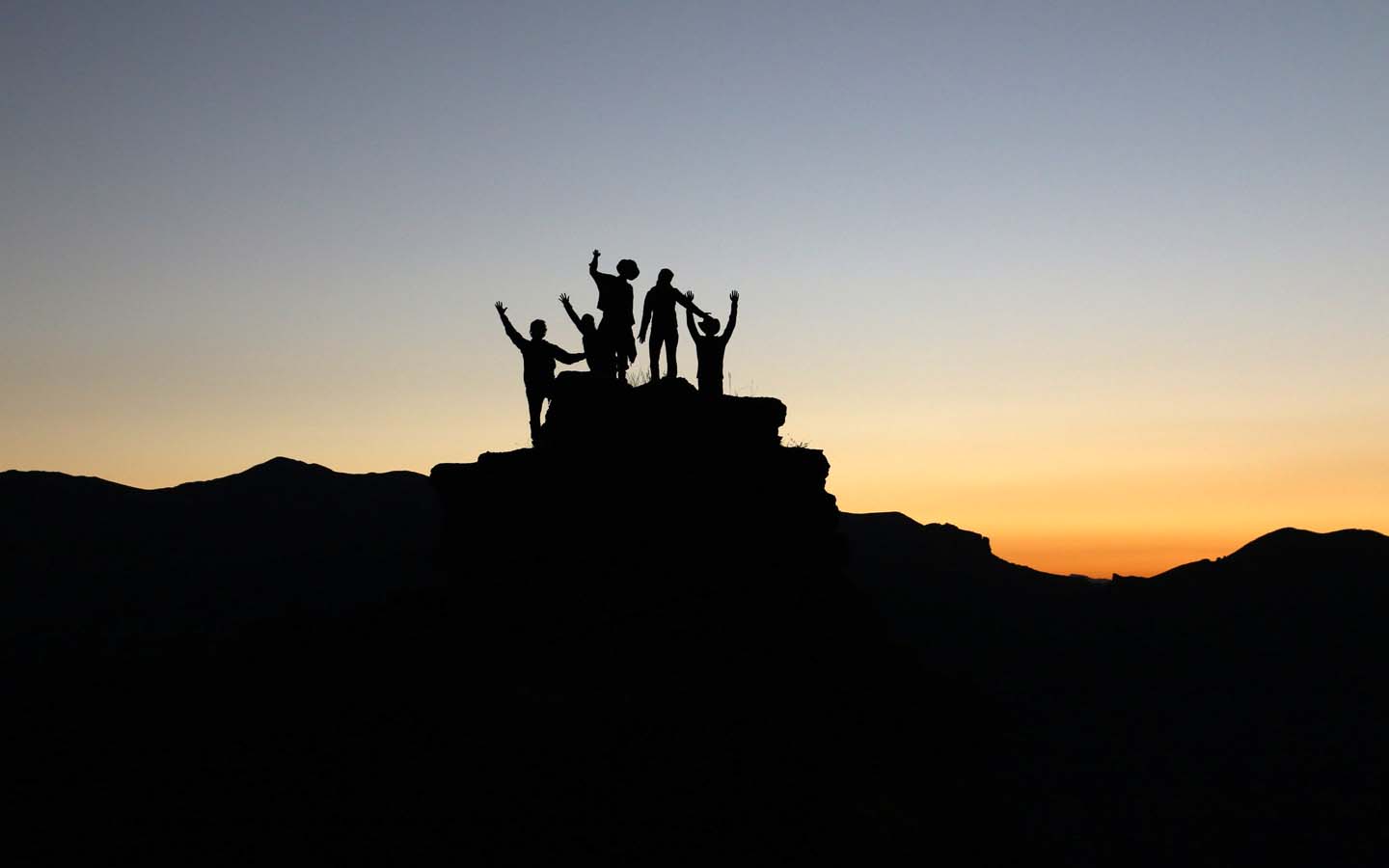As you read these words, take a moment to notice the position of your body and the points at which it is in contact with your clothes, maybe your feet on the ground, or maybe your legs on a chair. Notice where your hands are resting or perhaps holding a phone as you scan these sentences. Take a breath and notice being in your body. Welcome to your soma.
The Greek word soma means, “the living body in its wholeness”, which includes language, feelings, senses, narratives and the capacity to look at the past, present and future. Present to the moment, open to the future and able to integrate the past. (StrozziInstitute)
What is Somatic Coaching?
Somatic coaching is an invitation to learn how to ‘shape’ your body (or soma) to build your resilience and adaptive abilities to meet and lead within the complex challenges and difficult conversations we live with wholeness, possibility, tenderness, strength and healing.
Why connecting to the body is so important
- What if holding difficult conversations and leading in challenging times is not simply about our thinking, or the words we use or our actions, but also about how we shape our ‘body’ in navigating complex contexts?
- What if there is an intuitive wisdom that we can connect with within our soma?
- What if a natural starting point for these challenging times is the way we ‘shape’ up to meet them?
In the book “Your Body is Your Brain: Leverage Your Somatic Intelligence to Find Purpose, Build Resilience, Deepen Relationships and Lead More Powerfully”, Amanda Blake brilliantly draws a picture of how one’s repeated gestures and physical structure affect one’s mood, mood affects one’s actions and actions affect both our relationships and our results. To be able to act from our core values towards a vision we hold for the world, it is important that we stay connected to ourselves and know how to always return to our centre.
Being in relationship with your neo-cortex allows you as a leader to relax and access deeply held wisdom, knowledge and information. This deeply held wisdom, knowledge and information helps you make sense of existing situations and offers a way to navigate new challenges. If you can make a change based on what you care about, then you can heal, become whole, responsive and vital. If you can create more clarity around relationships, then you can make centred choices and actions.
“The body is always in the present.”
Why are somatic coaching and somatic practices important now?
The basis of business and society is shifting, and the stakes are high. Leaders are noticing that systems they thought were stable are starting to fail. As leaders they are being asked, within a context of fragility and uncertainty, to radically reimagine the people, priorities and processes needed to meet today’s complex challenges. And meeting those complex challenges requires resilience and adaptation, but not the sort of resilience and adaptation you may be used to as a leader in a business or organisation.
Resilience and adaptation in a business or an organisation often shows up as people being asked to push harder or work longer to sustain systems that aren’t working well. Changes come too fast, and adaptations are too rigid and not aligned with or supportive of businesses or the planet’s living systems. The reactions are not adapting to the context(s) they are in; they are adapting to the context(s) they think they are in.
What do leaders actually need?
Leaders need to be able to hold the tensions and conflicts and not collapse.
Living systems constantly adapt and build resilience; otherwise, they lose vitality and die. Under pressure, leaders can narrow their capacity to meet the present moment, be thrown off course from what matters, and fail to move fluidly to mature outcomes.
Cultivating Resilience
Resilience is our innate ability to return to a calm, coherent state, to return to a state of wellbeing with a positive imagination of the future. With somatic coaching we can practise going to the place of our resilience on purpose, feeling our aliveness and experiencing a sense of future possibility. Resilience is not just a way to bounce back from adverse experiences – it also helps us to open to our own transformation. Somatic resilience keeps inviting us toward wholeness, possibility, tenderness, strength and healing. We can cultivate somatic resilience for ourselves, those we love, our organisations and our communities.
What are leaders facing?
Leaders are facing a number of difficult and complex challenges:
- Double binds: feeling their hand is forced and not knowing how to get to a place of choice
- Holding those who are tired on the frontline and needing to be able to support them well
- Mental health concerns – being in our ‘head’ without connecting to our bodies where we can give more space for our psyche to process the pressures of the world
- Being physically unwell: when we don’t make space for meaning-making and sense-making and aligning our bodies and mind’s wisdom.
- Being out of touch with our feelings and emotions: often being in overdrive and adrenalised states for long periods of time
Somatic practice allows us to return to a more regulated state, with more access to our knowledge and a deeper sense of knowing.
Quote
“People cannot perceive complexity when they are stressed.”
Nora Bateson – noted in an online conversation with Nora
How does Somatic coaching and Somatic practices help leaders?
Somatic coaching and practices can directly address the needs of leaders to:
- Build the resilience needed to manage the complex times and speed of change.
- Grow a set of methods to respond and act under pressure while remaining in choice.
- Respond rather than react.
- Embody what’s vital for you and act from this place.
- Know how to, and, set boundaries more clearly and distinctly.
- Prepare better for internal emotional preparation for challenging situations.
- Experience quicker recovery from challenging conversations and situations.
- Allow a daily emergent practice(s) that supports you to function in challenging times and move towards what you care about.
Becoming who we are – our authentic self
Somatic work invites us into a physical alignment with our authentic self – we can become who we are, rather than ‘standing’ for what we are not. When we stand in alignment, our whole body becomes aligned inside and outside: our organs have the right amount of space around them to function as optimally as possible given the condition they are in; our blood can flow freely around our living system delivering the complex functions it is designed to perform within our living organism.
When we ‘hold’ and show up with a balanced and centred body we can extend our human capacity to meet with the world as it presents itself to us in that moment.
The Paradoxical Theory of Change
“The Paradoxical Theory of Change states that change occurs when we become what we are, not when we try to become what we are not.”
Arnold Beisser, M.D. The Paradoxical Theory of Change.* 1
This Paradoxical Theory of Change is a critical aspect for leaders to keep in mind. Crucially, this change is not coercive and does not involve a change agent. The transformation occurs because the human being senses into the soma as it is in that moment – becoming who they are in that moment rather than trying to become something that is expected or conditioned by an external change agent. The dance is between who we sense ourselves to be and what we think we ‘should’ be. When we can ‘still’ that dance for a moment we become who we are in that moment and the next moment and so on and so forth. What this becoming who we are in each moment does is obviate the need for ‘trying’ to be anything other than who we are.
The end point of this way of relating is when each person can be authentic while still maintaining intimate contact with the other in each moment.
Examples and case studies
- Creating the possibility to stay in relationship through conflict….. With somatic practice, a person can stay in a centred state and stay in relationship albeit with conflict and tension. It creates more possibility to de-polarise situations while still finding ways to speak your truth.
- Being in somatic practice also can be an entrance to creativity – inviting the potential for people to connect and to create conditions for creativity and sometimes flow states. Generate more experience of relaxation. Centred and relaxed – not sloppy – good tension for action.
Reflections
Somatic coaching and practice supports leaders in perceiving complexity, conflict and possibilities and responding more frequently with wisdom from their most mature self.
In order to hold the tensions and conflicts and not collapse, leaders need to be able to cultivate somatic resilience – inviting us with slowness, awareness and humility toward wholeness, possibility, tenderness, strength and healing.
Somatic transformation comes when we can shift our perception to see and acknowledge the individual and collective fields that we live within. When individuals and collectives can perceive the ‘shape’ previously embodied there is an opportunity to work somatically to transform the ‘shape’. For leaders, holding and transforming these individual and collective fields is hard without somatic practice and awareness.
Call to Action
Fraendi runs 90-minute introduction workshops for people in organisations to experience somatic coaching, meet us, and see whether it works for them. Alternatively, you can contact us for a one-on-one chemistry session.



